The most significant claim made by the enthusiasts of democratic peace theory like Francis Fukuyama and Michael Doyle is that democratic countries avoid going to war with each other as they tend to solve disputes peacefully via mutual negotiations. Fukuyama went a step ahead by making an assertion in his book The End of History and the Last Man (1992) that the end of the Cold War marked the triumph of liberal capitalism over all other antithetical ideologies. In other words, the values of liberal capitalism would have a universal appeal irrespective of the idiosyncrasies of history, culture and geography. However, after three decades of the end of Cold War, long term peace and security has remained elusive in several parts of the world where countries have democratic governments in place. This is anachronistic to the predictions made by liberal peace theorists and exposes the hollowness of their claims.
In this context author Sanjeev Kumar HM’s book The India-Pakistan Sub-Conventional War: Democracy and Peace in South Asia is an insightful contribution that deconstructs the premises of democratic peace theory in the context of South Asia. It provides us a nuanced understanding of why democracy has failed to engender peace in South Asia. The core argument made by Kumar in this volume is that the process of democratization does not follow a unilinear and deterministic path that is same for all societies. As the trajectory of modernization and democracy varies from one country to another, the idea of a Westernized form of democracy consolidating itself throughout the world is flawed. Democratic peace theorists have turned a blind eye to this reality. Kumar has succinctly pointed out that the inadequacy of democratic peace theory lies in its failure to recognize the realities of the Non-Western world. Hence, Kumar has opined in the introductory chapter of the book that in order to comprehend the negative relationship between democracy and peace in South Asia one needs to have a critical look at the democratic societies in the region.
In the first two chapters of the book, Kumar categorically points out that in all the countries of South Asia, democracy is not freed from contradictions and is yet to reach the stage of maturity. This is due to the existence of constraining factors like ethnic rivalry, religious fundamentalism, caste hierarchy, powerful bureaucracy and most importantly the domination of traditional elites. However, the root cause of political decay and legitimization crisis that has beset the countries of South Asia is the inheritance of democratic institutions from their erstwhile colonial master-Great Britain. Unlike the countries of modern Europe, the postcolonial polities of South Asia mimicked democratic style of governance without graduating through the processes of modernity like industrialization, urbanization, rationalization and secularization. Therefore, political development hasn’t been accompanied by social development in the region. This has resulted in the prevalence of illiberal features in all the democratic polities of South Asia and democracy has remained the tool for furthering the vested interests of the dominant classes.
While focussing on the conflictual relationship between India and Pakistan that occupies a major portion of the history of the Indian subcontinent, Kumar identifies two factors that have bedevilled the prospects of ‘separate peace’ in South Asia. Firstly, the omnipotent Pakistan Army hasn’t allowed democracy to gain a strong foothold in Pakistan owing to its hegemonic position in the country’s socio-economic and political affairs. The initial phases of Pakistan’s state-formation process depict how the Army made inroads into the political realm due to the inefficiency of corrupt politicians. The war-mongering Army leadership transformed Pakistan into a revisionist and security state that sought strategic parity with its larger neighbour- India. Pakistan Army has the final say on matters related to foreign affairs and national security even when a civilian government is in power. This implies that in Pakistan, democracy exists only in procedural terms and is nowhere near the ideal type advocated by liberal peace theorists.
Secondly, the nuclear tests of 1998 have changed the security dynamics in South Asia. India’s decisive advantage against Pakistan in conventional warfare was balanced by the latter’s acquisition of nuclear weapons. Pakistan has since used its overt nuclear status to gain a better bargaining clout in advancing its goals in Jammu and Kashmir. This led to the advent of the strategy of proxy war against India by the Pakistan. Islamist jihadi outfits like Lashkar-e-Taiba (LeT) and Jaish-e-Mohammad (JeM) were trained by the Pakistan army and ISI (Inter-Services Intelligence) to carry out terrorist attacks in Kashmir and other cities of India like Delhi and Mumbai. India in response launched small scale operations across the LoC (Line of Control) often termed as surgical strikes to destroy the terrorist launch-pads in Pakistan-occupied Kashmir (PoK). Even though both countries refrained from going to an all-out war after 1998, low-intensity sub-conventional warfare remained a defining feature of the security dynamics in South Asia. In order to illustrate his point on how Pakistan army dictates its own terms upon the democratic process, Kumar narrows down on the fact that Pakistan’s strategy of asymmetric war continued unabated irrespective of the regime in power.
These two factors indicate that the experiences of democracy and war in the sub-continental spatial topography are quite different from the experience in the West where the democratic peace thesis originated. Hence, the vital deficiency of the democratic peace thesis is its inability/unwillingness to go beyond the Western experience and identify the historical and cultural specificities of the postcolonial countries. This lends credence to Kumar’s argument that the theory is nothing but an attempt made by the West to perpetuate the uncontested dominance of the capitalist world.
The book makes a much-needed intervention in contesting the boundaries of the theories of International Relations that originated in the West and seeks to dominate the epistemological foundations of the discipline. In order to make International Relations more inclusive and representative of the realities of the Non-West, we need to adopt critical and interpretivist approaches. While the author has done well to point out several factors impeding the process of smooth democratization in the countries of South Asia, he could have been more exhaustive while discussing the adverse role played by extra regional powers like USA in this regard especially during the Cold War era. Also the hard academic jargon and theoretical expositions present throughout the volume makes it a strenuous read for a layman. Notwithstanding the shortcomings, the book is a must read for scholars and academicians interested in knowing the subtleties of democracy and war in South Asia.

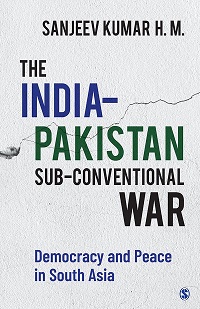
 (1).jpg)

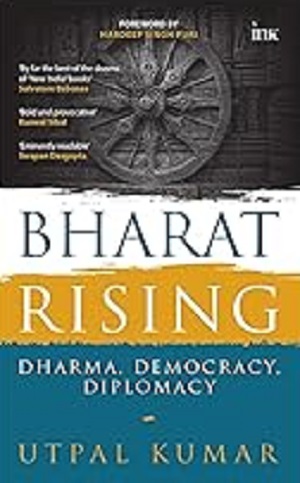
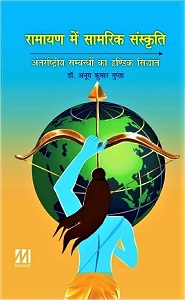
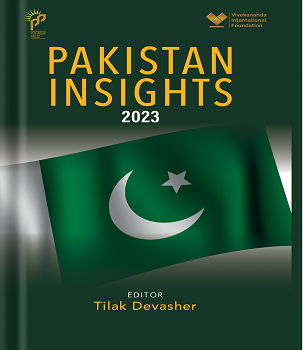
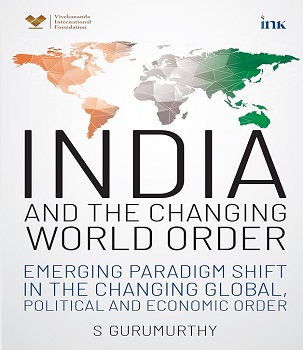
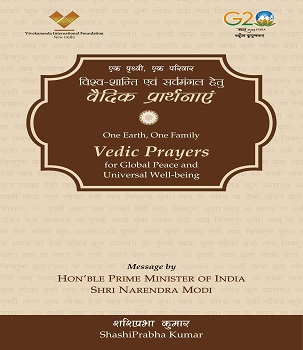
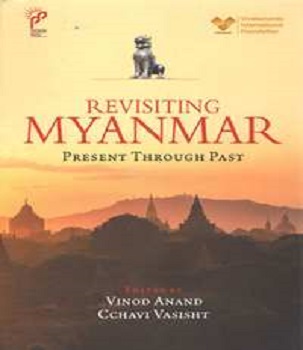
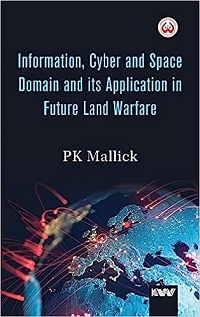
Post new comment